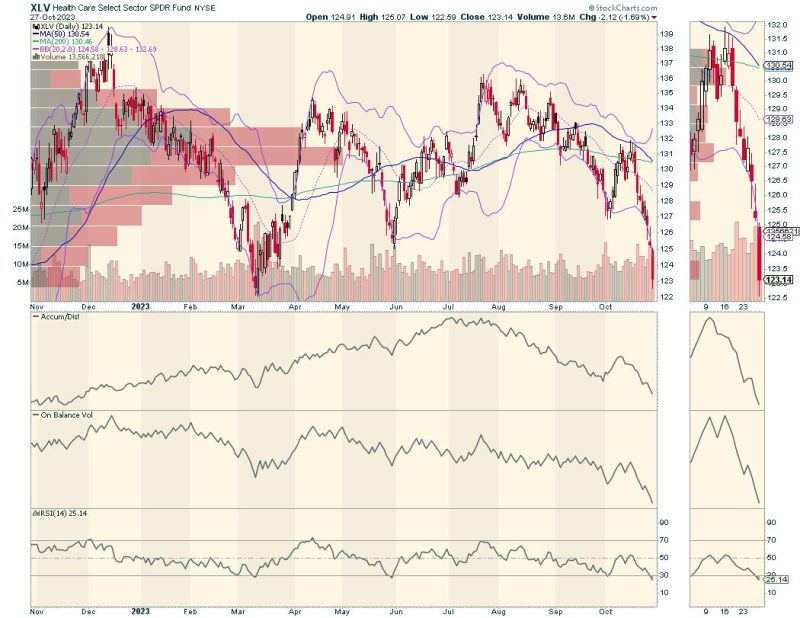The global healthcare sector is facing one of the biggest challenges in recent times due to the emergence of new and unexpected consequences emanating from the COVID-19 pandemic. Going beyond the immediate health concerns, the economic and social impacts of this unforeseen health crisis have driven healthcare providers to deal with newly-introduced struggles that have become harder to control.
From a healthcare provider’s perspective, the immediate consequences of the pandemic have caused immense pressure on an already troubled system. The healthcare sector has long been the recipient of the highest cost demands in terms of labor, treatments, and resources needed to maintain their level of care. In the context of the pandemic, the unexpected costs of technology, safety protocols, and testing have further added to the escalated costs for healthcare providers.
At the same time, healthcare providers have had to tackle financial and operational woes, with several financial deficits at the clinicians and organizations’ end. These new financial pressures have left healthcare providers with no other option but to cut back on resources and staff members to keep operations afloat. This has not only caused numerous financial losses at the institutional level, but has also led to a complete change in the operational dynamic and the delivery of care.
Further, hospitals and clinics have been affected by the lack of foot traffic due to the hesitancy of people seeking medical care, as they fear the transmission of infection inside the hospital or clinic. This hesitation has had downstream effects on initially elective procedures, which then were postponed due to the demand for more time and resources to handle urgent cases. This resulted in subsequent money losses for healthcare providers, as the care they were offering had to be reallocated to other more-urgent matters.
Moreover, many state and local governments have adjusted their budgets in response to the pandemic’s financial blow, leading to lower reimbursement payments for healthcare providers, who are already struggling. This is a result of the overall pressure on the healthcare system during the pandemic, as governments have had to redirect their financial resources to tackle the pandemic’s spread.
In conclusion, healthcare providers have been deeply affected by the recent pandemic, and the challenging new conditions have created an unfavorable situation for them economically, socially, and operationally. This has led the healthcare sector to bear a close scrutiny, as it is essential for healthcare providers to adapt to the new circumstances without compromising the quality of care they provide.

